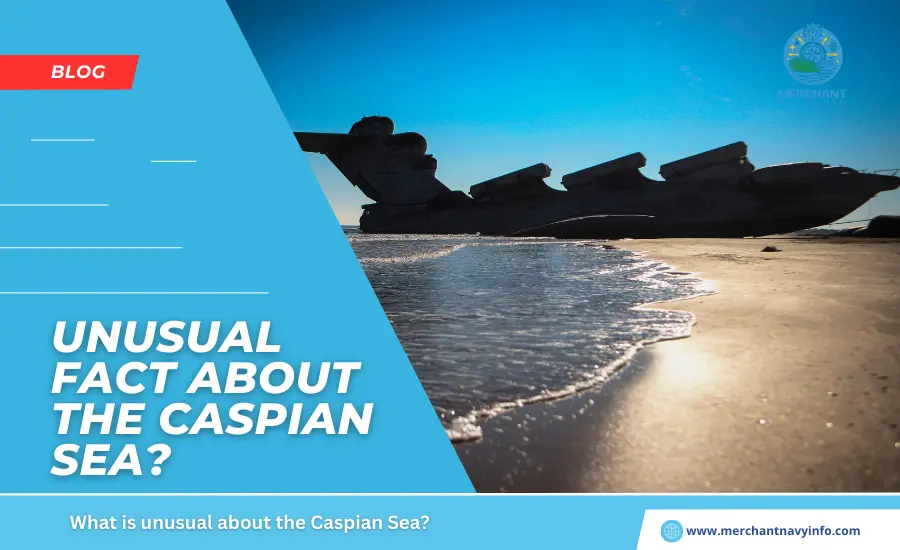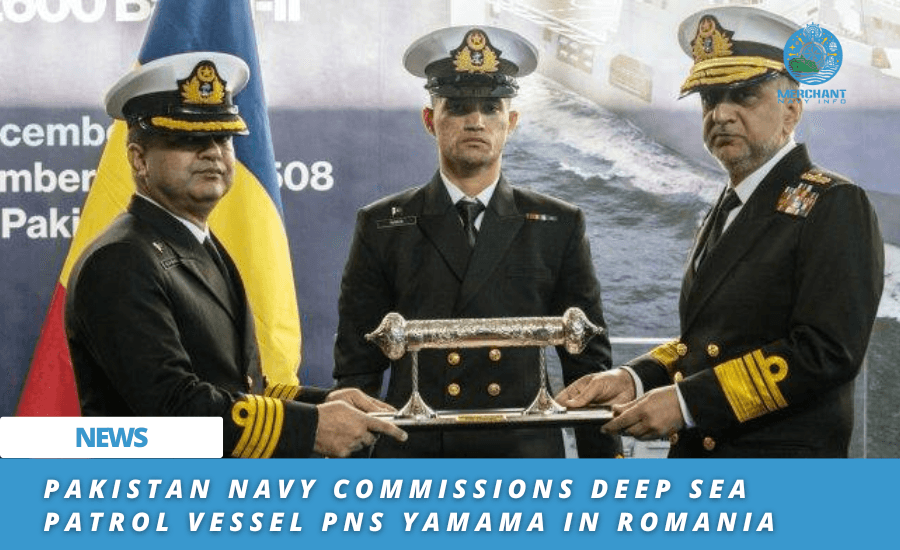
The Caspian Sea is located in Eastern Europe, on the border between Europe and Central Asia. As the world’s largest inland body of water, it was vitally important to the economy of the surrounding region. The Caspian Sea map was formed 30 million years ago, at about the same time as the Black Sea and the Aral Sea. However, it is exposed to the negative effects of climate change and pollution. Dam construction and other activities also create imbalances. Sea levels in the Caspian sea map have been rising since the mid-1950s, and in 1977, major floods devastated coastal areas.
10 Interesting Facts about the Caspian Sea
This article covers ten interesting facts about the Caspian Sea map. It is of great historical and geographical importance and is considered an important source of energy for surrounding countries.
1. The Caspian Sea has a Long History, and its Name has Many Origins
The long-standing theory behind the name “Caspian” is that it refers to the Caspian people of the 6th century BC. BC refers to the indigenous people of the area. They lived in the southwest and were of Iranian or Persian descent. There is not much written information about their exact culture, but they are mentioned in Egyptian, Persian, and Greek chronicles. The region they lived in was known as Transcaucasia and was located on the border between Europe and Asia. This also applies to present-day Georgia, Armenia, and Azerbaijan. The Iranian region has also made significant contributions to the lore and history of the Caspian region. The legendary “Alexander’s Gate” or “Caspian Gate” was a defensive wall built by the Macedonian conqueror Alexander the Great to prevent barbarian incursions into his southern regions. It is said to be located in present-day Tehran.
2. The Caspian Sea is known as the World’s Largest Inland Lake
The Caspian sea map covers an area of 371,000 square kilometers and is also considered the largest inland lake due to its size. It is huge due to the inflows from several large rivers and reservoirs. The average elevation is 28 m below mean sea level.
3. The Ocean Floor is the Second Lowest Natural Depression on Earth
The Caspian Sea floor has a wide variety of depths and subsurface features. The further south you go, the deeper the ocean becomes. The area of the North Caspian Sea region is less than 100,000 square kilometers, with an average depth of about 10 meters and a maximum depth of 20 meters. However, the southern part is much deeper, with an average depth of over 1,000 meters. The Caspian Sea, at a depth of 1,023 meters in the south, is her second deepest region as a natural depression. The first is Lake Baikal in southern Siberia, which is 1,180 meters deep.
4. The Bottom of the Caspian Sea has Evidence of Plate Tectonics and Geological Phenomena
The Caspian Sea was originally on land about 11 million years ago. Digging into rocks in the area also revealed geological changes. This helped scientists understand plate tectonics and advanced geological phenomena. The history of the North Caspian region dates back to the Precambrian period, more than 500 million years ago. This is part of the downwarp formation of the Russian platform. Mangishlak Bank is part of an ancient underground movement that formed the Hercynian Mountains over 300 million years ago.
5. It is Home to the Several Unique Species of Marine Animals
As a known inland lake, the Caspian Sea is home to many native species of marine plants and animals. Most of these are protected species to prevent damage to the ecosystem. Through archaeological surveys, researchers have identified evidence that dolphins, porpoises, and whales may have been present in the oceans approximately 50,000 to 100,000 years ago. Cave paintings and rock paintings depicting dolphin and whale reliefs also date from the same period. These ancestors of the current species were quite large.
6. The Caspian Sea has Very Large Oil Reserves and also Several Oil Rigs in the Area
States bordering the Caspian Sea are dependent on mineral resources, including oil and also natural gas reserves. This contributes to an estimated 10% of GDP and approximately 40% of total exports These countries convened the Caspian Economic Forum in 2019 to strengthen intergovernmental relations and improve coordinated efforts in various areas such as infrastructure, oil and gas, tourism, trade, and transportation. These countries are Azerbaijan and Kazakhstan, which attract foreign direct investment (FDI) in the energy sector.
7. World-Famous Caviar is Farmed in the Caspian Sea
Caviar is an expensive delicacy enjoyed around the world, and the Caspian Sea is an important location for egg farming. How is caviar made and produced in this region? They are salted and preserved roe or roe of certain types of fish, such as salmon and sturgeon. Caviar refers to eggs caught primarily in the Caspian and Black Seas, and the term includes many different types of fish that live in this region.
Caviar’s origins date back to the 10th century, when eggs from the Sea of Azov were farmed in Europe. As a guide to retail prices, albino sturgeon caviar costs a whopping $34,500 per kg, while wild beluga sturgeon caviar costs more than $16,000 per kg. The main species of Caspian sturgeon, famous for caviar, are the Persian, Russian, beluga, sterlet, star, and bustard varieties. Beluga is a large freshwater fish that lives in the Caspian Sea.
8. The Caspian Sea Borders Five Countries and is Located at the Crossroads of Two Continents.
Five countries border the Caspian Sea along its vast 7,000-kilometre coastline. To the north are the countries of Russia and Kazakhstan. To the south is Iran, to the southeast is Turkmenistan, and to the southwest is Azerbaijan. The longest border is over 1400 km with Kazakhstan, followed by 728 km with Turkmenistan, Azerbaijan, Russia, and finally Iran. The countries of Uzbekistan, Armenia, Georgia, and Turkiye are located hundreds of kilometers from the Caspian Sea.
9. The Caspian Sea is in the Midst of Territorial Disputes Between Neighbouring Countries
As a body of water rich in natural resources, small-scale skirmishes over territory have occurred repeatedly between the five neighbouring provinces. Maritime delimitation has been under discussion since 2000. The main points of contention were minerals, oil and gas reserves, fishing grounds, and connections to other bodies of water. Landlocked countries facing the sea are Turkmenistan, Kazakhstan, and Azerbaijan. To connect with other countries across the Black and Baltic Seas, they rely on the free navigation of Russia’s rivers, especially the Volga.
However, if free access were granted, Russia’s main trade routes would become congested, and ports would become inaccessible to ships. This is an important point of discussion at the ongoing summit. The current border divided the sea into two zones: Iran and the Soviet region. The Soviet region includes Turkmenistan, Kazakhstan, Russia, and Azerbaijan. Despite the partition, each country shared non-mineral resources, such as fish, equally.
10. Legally, the Caspian Sea is known Neither a Sea nor any Lake.
Today, most bodies of water are divided into large groups such as oceans, seas, lakes, rivers, streams, and ponds (and further subdivided into surface, underground, etc.)But the Caspian Sea is unique in that it has never been well organized. As recently as 2018, intergovernmental efforts to determine status failed. So why the confusion? A lake is a body of water that does not flow into the ocean and is usually landlocked for most of its boundaries.
This description fits the Caspian Sea because it is not connected to any sea (the nearest sea is several hundred kilometers away) and is largely landlocked, apart from a few rivers that flow into the sea. At the same time, an ocean is a body of water with a large area and depth, but it is not as large as the ocean. The Caspian Sea also fits these descriptions. It is a huge body of water with an area of 371,000 square kilometres, an average depth of 211 meters, and also a maximum depth of more than 1 kilometre.









